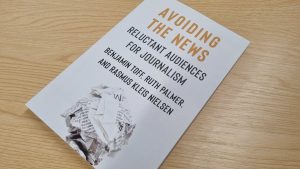A hybrid approach of rapid user research and feature experimentation on the marketplace
“The Japanese classic Modernist “supply-driven” model means that a company produces stuff based on internal gut-level determination of what’s interesting (usually done by executives or project managers). Sometimes it sells, sometimes it doesn’t. When it sells, they make more. When it doesn’t, they don’t.”
“This is in contrast to the philosophy I see at work at large American and European companies that have enthusiastically adopted end-user research methods taken from marketing techniques and pioneered by the social sciences.”
“Maybe, just maybe, the current capabilities to prototype, engineer and distribute product variations on a core idea allows for ideas to be tested, and markets to be primed for the acceptance of new ideas, without conclusive documentation from end-user research.”
“Thinking that there’s a single product and a single answer, and that research should continue until that’s determined, is an equally Modernist idea, from a time when retooling was incredibly expensive. Now, as one hardware designer in San Francisco told me, it’s possible to sketch some ideas on a piece of paper, fax it to China, and have a working prototype designed and engineered in a month, and to have production samples soon thereafter. I’m sure this doesn’t work for revolutionary ideas, but ideas based on technologies that the engineers and designers are comfortable with–but that’s probably where most hardware designs are.”
“With technological and design possibilities like this, maybe a hybrid approach is appropriate. One that’s not based on the idea that the user research is useless (“they don’t know what they want” and all that) and also not based on the idea that only deep, exhaustive field research can produce insights that lead to product features. Maybe the hybrid approach is an iterative one based on iteration between rapid research and feature experimentation.”
(thanks Régine)




